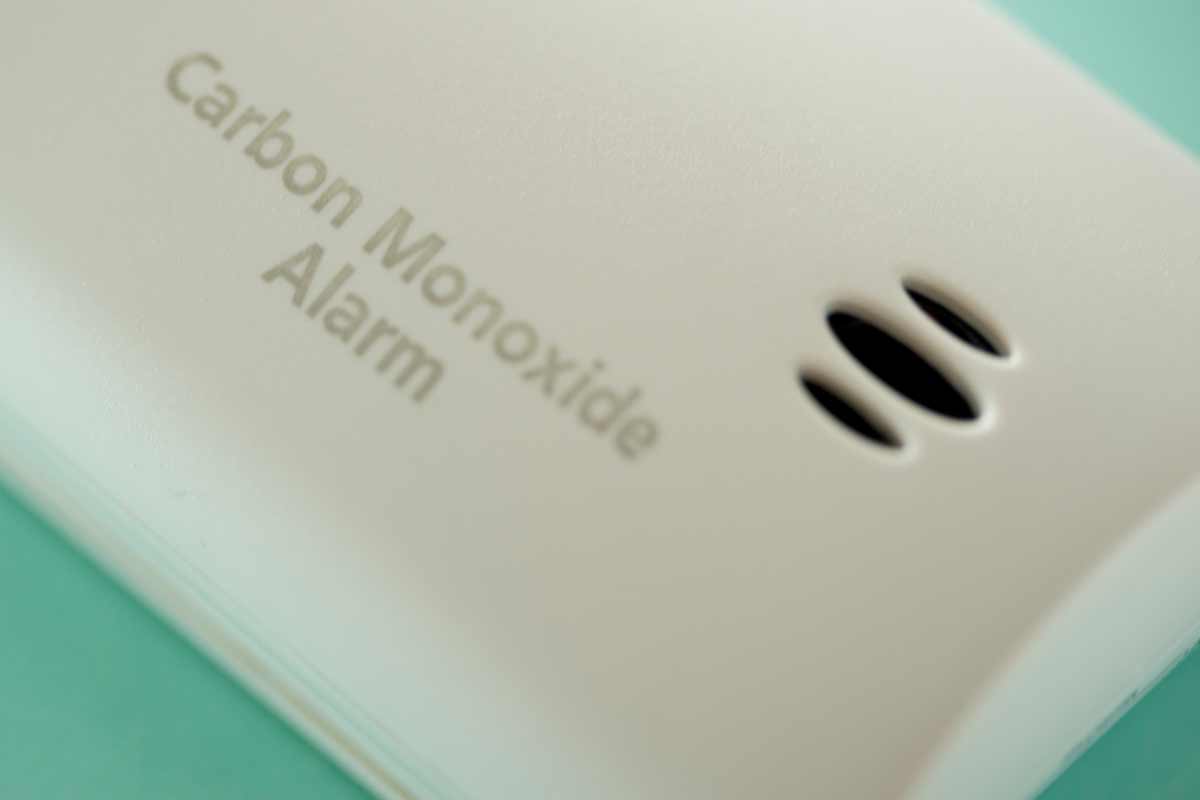During a fire, a person can get carbon monoxide poisoning by breathing in toxic smoke. Our lawyers can help you and your family sue for compensation.
Were you or a loved one harmed by carbon monoxide inhalation?
Asphyxiation Mechanism
The mechanism through which CO causes asphyxiation results from its extremely high affinity for hemoglobin. Hemoglobin is a blood protein that transports oxygen to tissues, and then binds waste-carbon-dioxide to remove it from tissue. The chemical interferes with this process because it preferentially binds hemoglobin, preventing oxygen from being delivered to tissue. This results in cell death because cells can no longer perform oxidative phosphorylation (provides energy to the cell). This in turn can result in death.
Particularly problematic is that in fires, air-oxygen concentration can fall as low as 2% from the typical 21%. The low oxygen concentration alone is enough to result in death by asphyxiation, but when compounded with the presence of CO, injury can be much more severe. Studies by Halpin et al and Zikria et al in New York and Baltimore found that carbon monoxide exposure at least contributed to 80% of fire-related deaths.

Symptoms of Carbon Monoxide Poisoning
The symptoms in order of increasing concentration of carboxyhemoglobin saturation include:
- Blurry vision (5-10%)
- Flushing and headache (11-20%)
- Nausea, impaired dexterity (21-30%)
- Vomiting, dizziness, fainting (31-40%)
- Very rapid breathing and heart rate (41-50%)
- Coma and death (>50%).
CO Poisoning Diagnosis
The only definitive way to determine if carbon monoxide poisoning is present is through measurement of hemoglobin saturation by carbon monoxide using a co-oximeter. This measures the percent of hemoglobin that is bound by carbon monoxide instead of oxygen. In outdoor fires, it is possible for the CO concentration to reach 35,000 parts per million; in indoor fires, the concentration can reach as high as 570,000 parts per million. Even with CO concentrations of 10,000, exposure between 1 and 2 minutes results in 70% hemoglobin saturation with CO. This is a lethal concentration resulting quickly in coma or death. So merely being exposed to a fire outdoors does not mean you don’t have inhalation injuries.
Carbon Monoxide Treatment
The only treatment that is effective is treating a patient with 100% oxygen administered either with a mask or through intubation. Intubation is necessary in more severe cases, or if there is a possibility of edema, which could cause swelling that blocks airflow.
Oxygen only needs to be administered until the carboxyhemoglobin levels fall below 10%. This takes 40 minutes under standard pressure or 27 minutes if oxygen is at 2.5 atmospheres of pressure. Hyperbaric treatment has not conclusively shown to be effective and it can make patient access more difficult, so it is typically not used.
- Carrougher, Gretchern J. (1998). Burn Care and Therapy. St. Louis: Mosby Inc.
- Halpin BM, Radford EP, Fisher R et al: A fire fatality study, Fire J 69:11-99, 1975.
- Rue LW III, Cioffi WG, Mason AD Jr et al: Improved survival of burned patients with inhalation injury, Arch Surg 128:772-780, 1993.
- Zikria BA, Weston GC, Chodoff M et al: Smoke and carbon monoxide poisoning in fire victims, J Trauma 12:641-645, 1972.